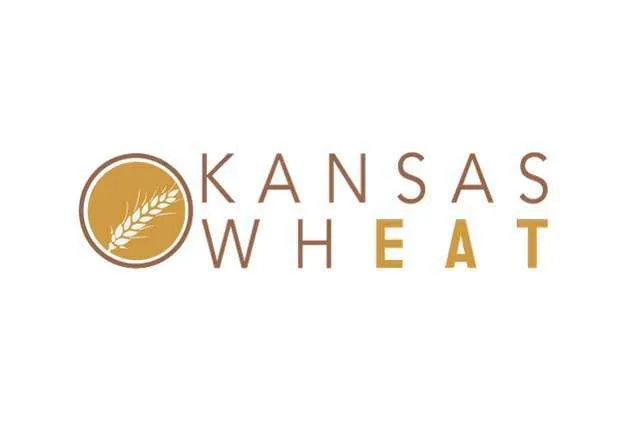Brian Linin, past chairman of the Kansas Wheat Commission, shared success stories related to exports, consumer outreach, research and more in testimony to the Kansas Legislature.
Linin, who farms in northwest Kansas and northeast Colorado, testified virtually on January 27, 2021, before the House Committee on Agriculture and on February 4, 2021, before the Senate Committee on Agriculture and Natural Resources. The Kansas Wheat Commission included an annual report submission with verbal and written testimony.
Research remains the central focus of the Kansas Wheat Commission. The organization recently celebrated seven years in the Kansas Wheat Innovation Center, which was funded by farmers through the wheat assessment and now includes 37,000 square feet of laboratory and greenhouse space and a dozen full and part-time plant scientists. The commission also invested more than $1.3 million in research proposals for work that will help wheat farmers increase and improve profitability, plus ensure the quality and integrity of Kansas-grown wheat to end-users and consumers.
“The Kansas Wheat Innovation Center represents the single largest investment by wheat producers in this nation, but it’s not the only way in which wheat farmers invest in wheat research,” Linin said. “Other Kansas Wheat-funded research projects are leading the way toward identifying genes that improve resistance to viruses, engineering resistance to pests and phenotyping wild wheat ancestors for drought, disease resistance and other traits.”
The Kansas Wheat Innovation Center also houses a test kitchen and the Kansas Wheat Commission employs a full-time nutrition educator — both pieces of the organization’s nutrition education efforts. Kansas Wheat also belongs to two national consumer-education organizations — the Wheat Foods Council and the Home Baking Association.
“We are one of the few state wheat commissions to continue to make nutrition education a priority; this is vital as we continue to battle fad diets such as the low carb and gluten-free trends,” Linin said. “We have taken advantage of our test kitchen to videotape baking demonstrations videos to share with consumers and give tips on home baking.”
Average monthly traffic to the commission’s EatWheat virtual campaign now totals nearly 65,000 visitors, boosted by COVID-19 pandemic consumer trends related to baking bread and cooking at home. Through EatWheat, the Kansas Wheat Commission shares farming practices and showcases the story of the American wheat farmer through recipes, crafts and profile stories.
The EatWheat campaign reaches consumers within the United States, but the Kansas Wheat Commission also promotes Kansas hard red winter (HRW) wheat to international end-users through a partnership with U.S. Wheat Associates. Kansas farmers export roughly half of their wheat crop each year.
Due to the COVID-19 pandemic, the Kansas Wheat Commission and market development partner U.S. Wheat Associates switched from in-person programming to virtual trade teams and crop quality seminars. Kansas Wheat also works closely with the IGP Institute — conveniently located across the driveway from the Kansas Wheat Innovation Center — to provide additional educational opportunities for domestic and international milling groups, grain buyers and farmers.
As a result of these activities and market dynamics, HRW wheat exports ended the year up eight percent from the prior year at 374 million bushels. Top customers Mexico, Nigeria and Japan continue to be steady buyers of HRW wheat, while Latin America had a nearly 20 percent increase in wheat imports.
“Because of the importance of exports, trade issues have been on the forefront of our efforts over the past year,” said Linin, who chairs the Joint International Trade Policy Committee for U.S. Wheat Associates and the National Association of Wheat Growers. “We believe it is in the best interests of wheat farmers to renegotiate trade agreements and maintain relationships with our international customers.”
Looking forward to 2021, Linin reported winter wheat seeded area is 7.3 million acres, up from last year’s 6.6 million acres. Increased acreage and a recent jump in prices provide optimism that this year’s crop potential will be realized and further shared with consumers at home and abroad.
“We are hopeful that Mother Nature will help us grow a bountiful crop this year so that we can do our part to feed a hungry and growing world,” Linin said. “Thank you once again for your support, this opportunity to share with you our efforts and your leadership in the future as we continue to work together.”
###



